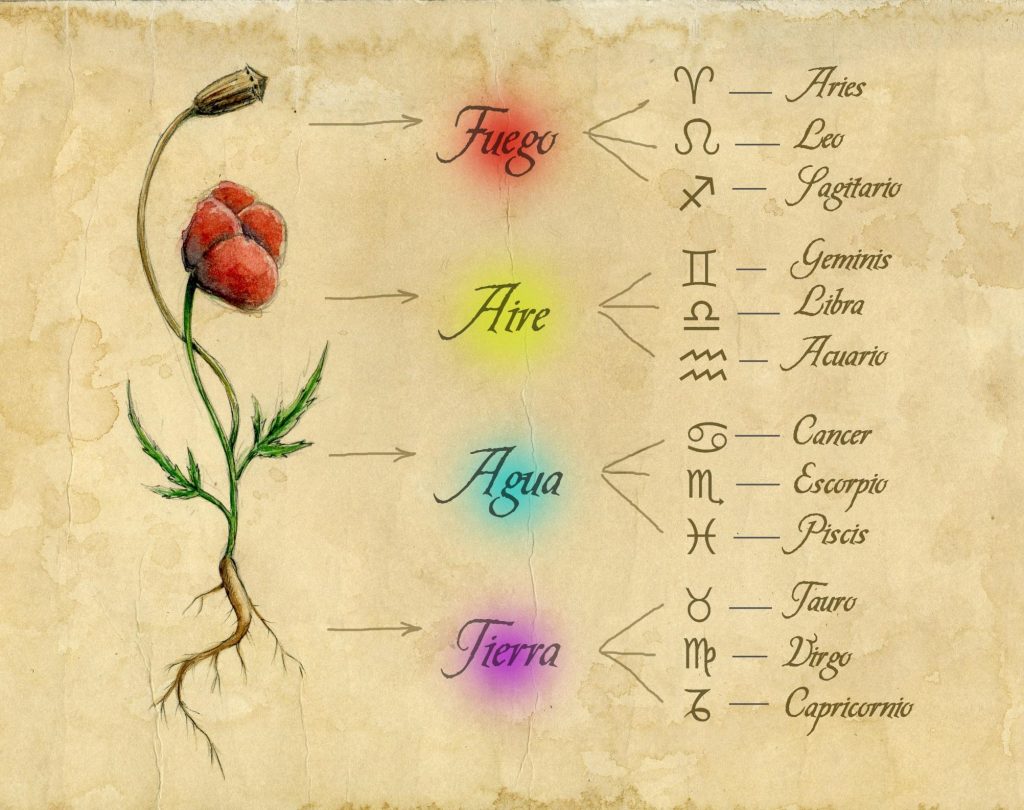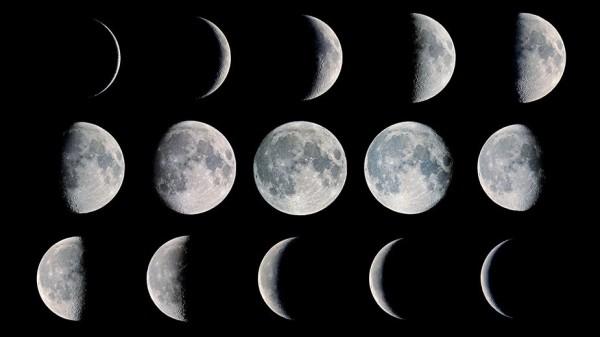A basic guide to biodynamics to learn when to taste a wine.
In biodynamic viticulture, agricultural work and winemaking are carried out in harmony with the lunar calendar and following the cosmic rhythms, as its influence is believed to be decisive in obtaining a good harvest or a balanced wine.
Wine – like plants and animals – is alive and it is thanks to the perception of the influences of the cosmos that it is able to evolve and express itself in different ways depending on the day.
What are biodynamic wines like?
Wines made from organic or biodynamic grapes – treated with infusions of medicinal plants, grown without the use of herbicides or pesticides and with minimal intervention in the winery – express a very high vital force and we can distinguish their naturalness and purity according to the lunar cycles.
This is because the moon governs the forces of water, as we can observe in the movement of the tides, and interacts with all the elements whose proportion of water is very high, such as plants and, in our case in particular, grapes. Therefore, depending on the cycle of the moon, we can feel subtle changes in the sensory perception of the same wine.
We wine tasters are also influenced by the cosmos and by all the movements and interactions between the stars, planets and satellites that compose it, and our perceptions and tastes can change from one day to the next.
Tasting a wine based on the biodynamic calendar
Knowing the importance of the Moon in our life -and in the life around us- we can now talk about the four types of days that exist in the biodynamic calendar that will help us to determine when to taste a wine according to what we want to exalt about it.
The basis for establishing these days depends on the monthly movements of the Moon (it completes its orbit around the Earth in approximately 28 days and 7 hours) and its passage through the 12 constellations (sets of fixed stars that are in the path of the orbit around the Sun).

Each constellation is associated with one of the 4 main elements of nature: water, earth, air and fire, and each of these affects and is represented in a part of the plant, as shown in the image:
Fruit Day: these are the days of the month when the Moon is in the fire signs (Aires, Leo, and Sagittarius). It enhances the balance, harmony and fruity nuances of the wines. A good example would be our white wine Cosmic.
Flower Day: these are the days of the month when the Moon is in the air signs (Gemini, Libra, and Aquarius). The olfactory and gustatory manifestations are multiplied, favoring the tasting of more aromatic, delicate and floral wines. For example, our organic white wine HoneyMoon.
Root Day: these are the days of the month when the Moon is in the earth signs (Capricorn, Taurus, and Virgo). The tannic flavors are enhanced and the fruity notes disappear. Only wines with a mineral side to develop are favored. For example, Calcari.
Leaf Day: these are the days of the month when the Moon is in the water signs (Pisces, Cancer, and Scorpio). Vegetable elements stand out. These are days when tasting is not recommended as we may find the wine less expressive than usual.
Tasting can become a great experience when we forget previous tastes and let ourselves be surprised by new sensations. We invite you to continue discovering the secrets of wine with a tasting in our winery. Visit us!
More about biodynamic viticulture
It was Maria Thun, based on the research of the biodynamic proponent Rudolf Steiner, who developed the biodynamic calendar, which regulates the different agricultural tasks and classifies the most suitable days to carry them out according to the cycle of the moon. Find out more in our article Observe, Think, Feel and Act.



